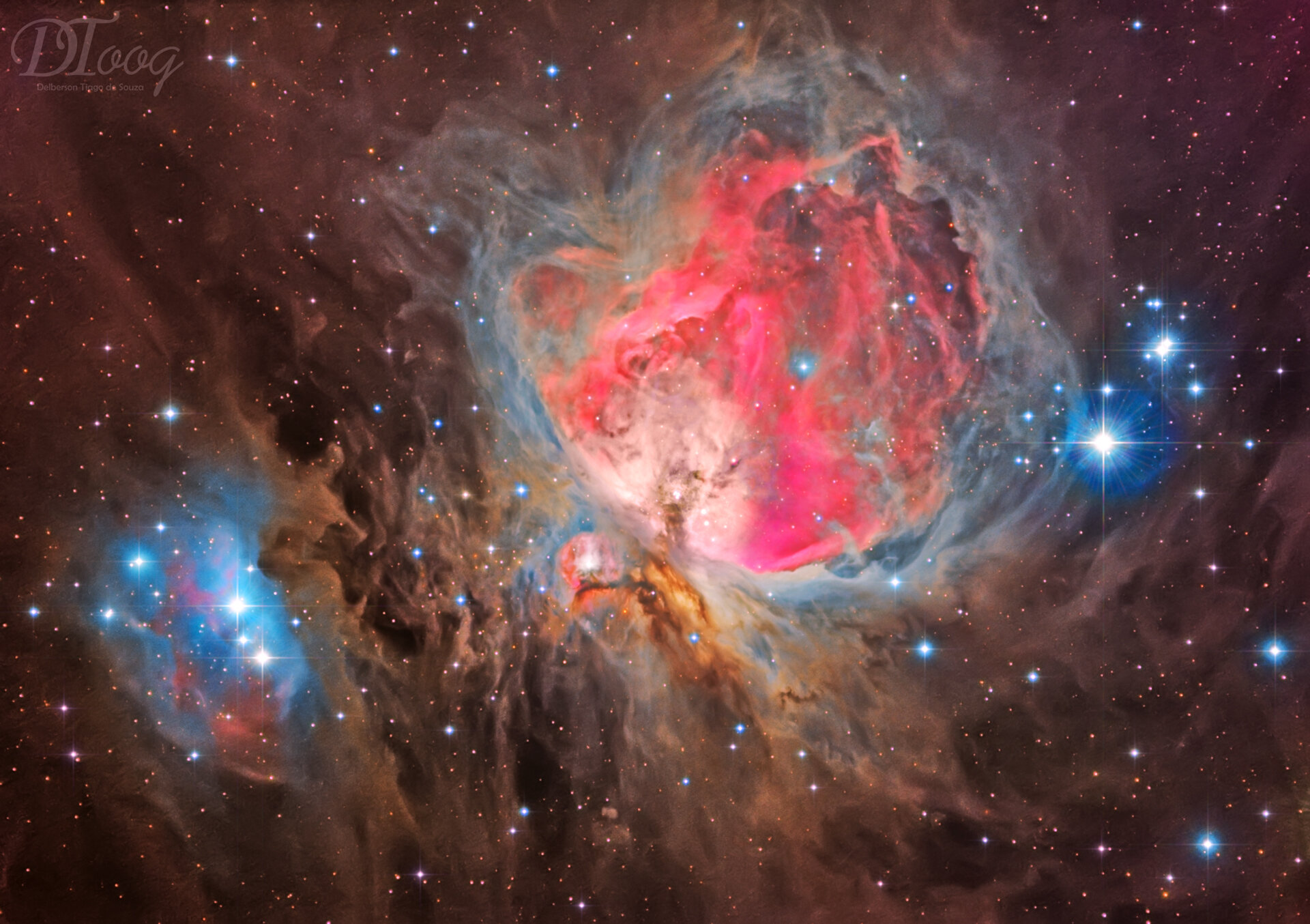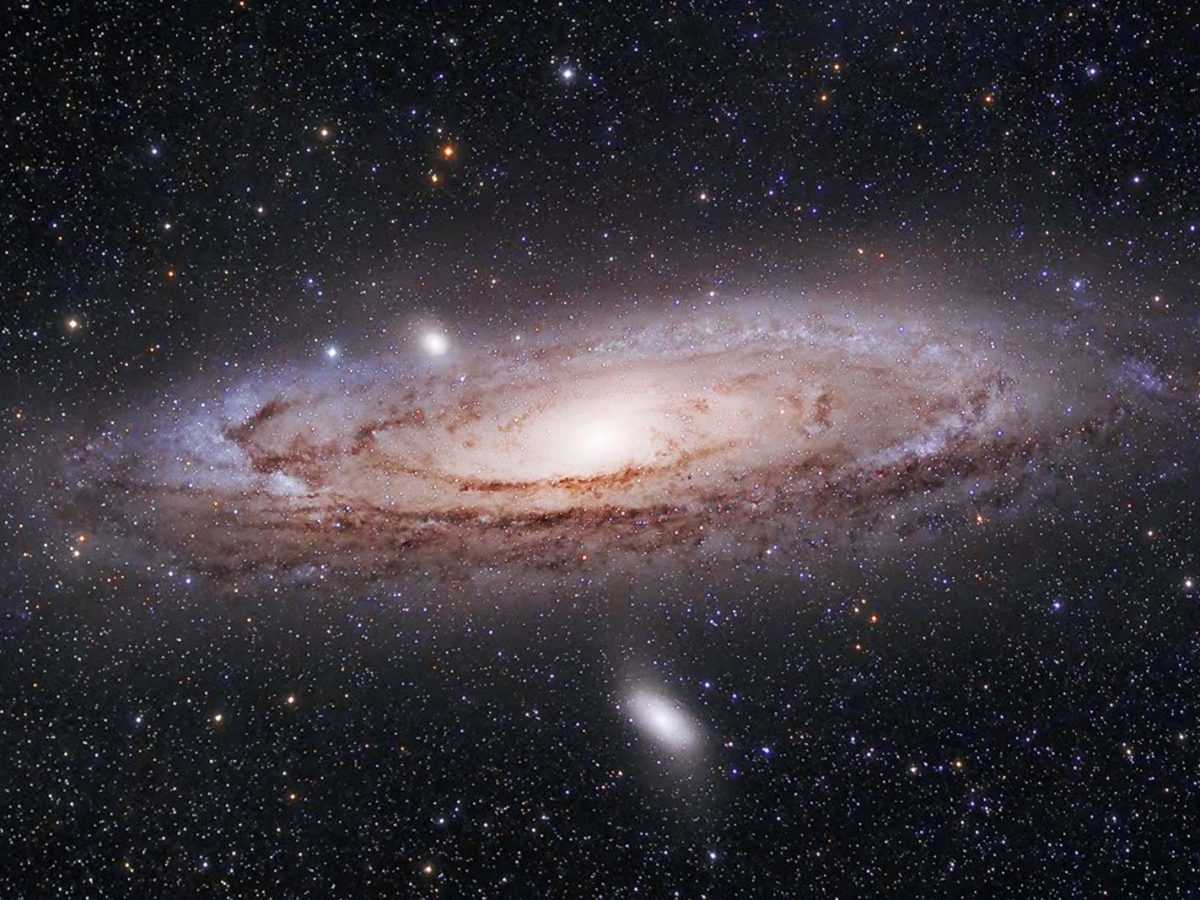

I tried the UHC and UltraBlock for these tests because they are the most widely used of the narrowband filters. So with the UHC filter I opted for the dark sky exit pupil limits, giving an eyepiece focal length range of 9.8mm to 29.4mm. Although my back yard isn't what I'd call dark, the worst light pollution is pretty much confined to one area, and the Rosette happened to lie in a darker region. So I conducted an experiment using my 12-inch, f/4.9 scope on the Rosette Nebula (NGC 2237), which is very large and faint enough that it usually doesn't pop right out at you. The proof of Lumicon's guideline is how well it applies in actual use. As an example, the Orion UltraBlock filter has specs that closely match the UHC. The bandpass specs are the determining factor. While the following exit pupil values refer to Lumicon filters, they probably are close to comparable filters produced by other firms. For example, if you are using the Lumicon H-Beta filter at a dark site and your telescope has an f/6 focal ratio, the best range of eyepiece focal lengths to use with this filter is ( x 6) = 24mm to 42mm. To determine the best eyepiece focal length to use with a given filter, simply multiply the Exit Pupil value (in the table shown here) by your telescope's focal ratio. According to Lumicon:Īs filter bandpass decreases, optimum exit pupil size tends to increase. Lumicon, a major supplier of filters, has published a breakdown of the optimum exit pupils for each of its filters. And each type of filter works best within specific exit pupil ranges. More often than not we also use a "nebula" filter of some sort. Now here's where it becomes a bit complicated. You're also wasting light, which diminishes the apparent surface brightness of the nebula. If the pupil of your dark-adapted eye expands to 6mm (average for a fifty-year-old person) and the eyepiece presents an exit pupil of 8mm, you may see distortion that manifests itself as bloated star images. To calculate the exit pupil, divide the eyepiece focal length by the telescope's focal ratio.

The term exit pupil refers to the image of the telescope's objective that is formed by the eyepiece - in simplest terms, the diameter of the light cone that strikes your eye at the point of best focus. It never occurred to me though that the eyepiece exit pupil also could have a direct impact on how well you see a faint nebula. But when searching out the very faintest nebulosity, many believe that fewer pieces of glass result in the best light transmission. Modern lens coatings greatly enhance light transmission even in eyepieces with 6 or more elements. For example, Barbara Wilson, a well-known deep sky observer in Texas, prefers the simple Plossl to the more complex eyepiece designs. Moreover, for faint nebulosity some veteran observers choose eyepieces with the fewest possible lens elements.


In an eyepiece with too short a focal length, the image will be so dark that the amount of nebulosity you see will be seriously diminished.To begin with, there's the range of eyepiece focal lengths: There are several factors involved, including a couple that I had never considered before. But that may not be the best choice for a faint, diffuse nebula. Looking for stargazing tips? Check out our complete astronomy for beginners UK guide.When setting out to observe a nebula, we normally reach for our favorite deep sky eyepiece. The nebula is halfway down the sword and will appear as a fuzzy-looking star. You will see a faint line of stars, which make up Orion’s sword. To find the nebula, look below the three stars of Orion’s Belt (or above, if viewing from the southern hemisphere). In the southern hemisphere, Orion will be visible in the north, appearing upside-down compared to how it looks in the northern hemisphere. In February and early March, Orion will be visible in the eastern sky as soon as the Sun sets, sweeping south in the northern hemisphere then setting in the west in the early hours of the morning. It’s best to pick a night with no moonlight such as during a new Moon.įinding the Orion Nebula is easy as it is in the constellation Orion, one of the most easily recognisable constellations. The Orion Nebula has a magnitude of 4, which means it is fairly faint – you’ll have to go somewhere dark and let your eyes adjust to really see it.


 0 kommentar(er)
0 kommentar(er)
